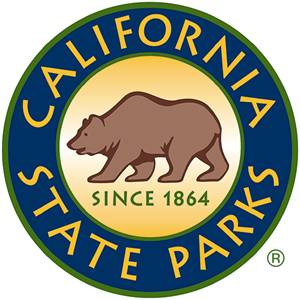State Parks Adopts Guidelines for Geocaching, Urges Visitors to Protect Resources
California State Parks announced today a set of Geocaching Guidelines for use by the public when pursuing the popular activity within state parks. The guidelines are designed to provide an appropriate conduct for the activity in those state parks where it is allowed, while still preserving and protecting the sensitive lands and facilities within those parks.
Geocaching is reported to be one of the fastest growing outdoor recreation activities in the world today. It is essentially an activity that involves using GPS, Global Positioning System satellites and hand-held GPS receivers, to navigate and find or plant hidden containers known as geocaches that typically contain a logbook or small treasure. It is estimated that there are more than 700,000 such caches worldwide today.
“We understand the popularity of this sport and the demand for it to continue,” said Tony Perez, Deputy Director for Operations for California State Parks. “Our concern is that many have secretly hidden such caches in places where repeated searches, successful and unsuccessful, have caused damage to facilities or natural areas. We are asking that visitors follow our guidelines and respect these fragile environments to insure they survive for the benefit of future generations.”
Before anyone engages in the activity at any park facility, it is strongly encouraged that they talk to the park staff to learn if the activity is permitted and what rules and regulations associated with that specific park unit apply. Different parks have different rules due to the varying kinds of resources that are being protected within those parks.
The following are the main Geocaching Guidelines for California State Parks:
Caches may be allowed where they do not affect natural, cultural and historical resources, visitor safety or other park users.
Caches are typically not allowed or encouraged in the following State Park System units
- State Cultural Reserve
- State Natural Reserve
- State Historic Park and State Historic Monument
- State Wilderness
Virtual caches are encouraged and must adhere to the applicable requirements used for physical caches.
Caches may not be buried, nor may vegetation, rocks or other features be marked or damaged in the process of placing, accessing or maintaining the cache.
Physical caches are not permitted inside or upon any State Park facility or structure.
Caches may not be permanently attached (glued, bolted, or screwed) to any historic structure, monument, archeological, natural or geologic feature.
Caches are not allowed within 300 feet of streams, marshes or sensitive water features.
Caches may not be placed more than three feet from a designated trail.
The state parks ask that geocachers please understand that in addition to providing for high-quality outdoor recreational opportunities, California State Parks has the mission to preserve the state’s extraordinary biological diversity and protect its most valued natural and cultural resources.
California State Parks are pleased that more and more people who enjoy Geocaching are following the Geocachers’ Creed out of respect for the environment and park property.
More information about Geocaching can be found at: www.geocaching.com.
Category: Access Issues







